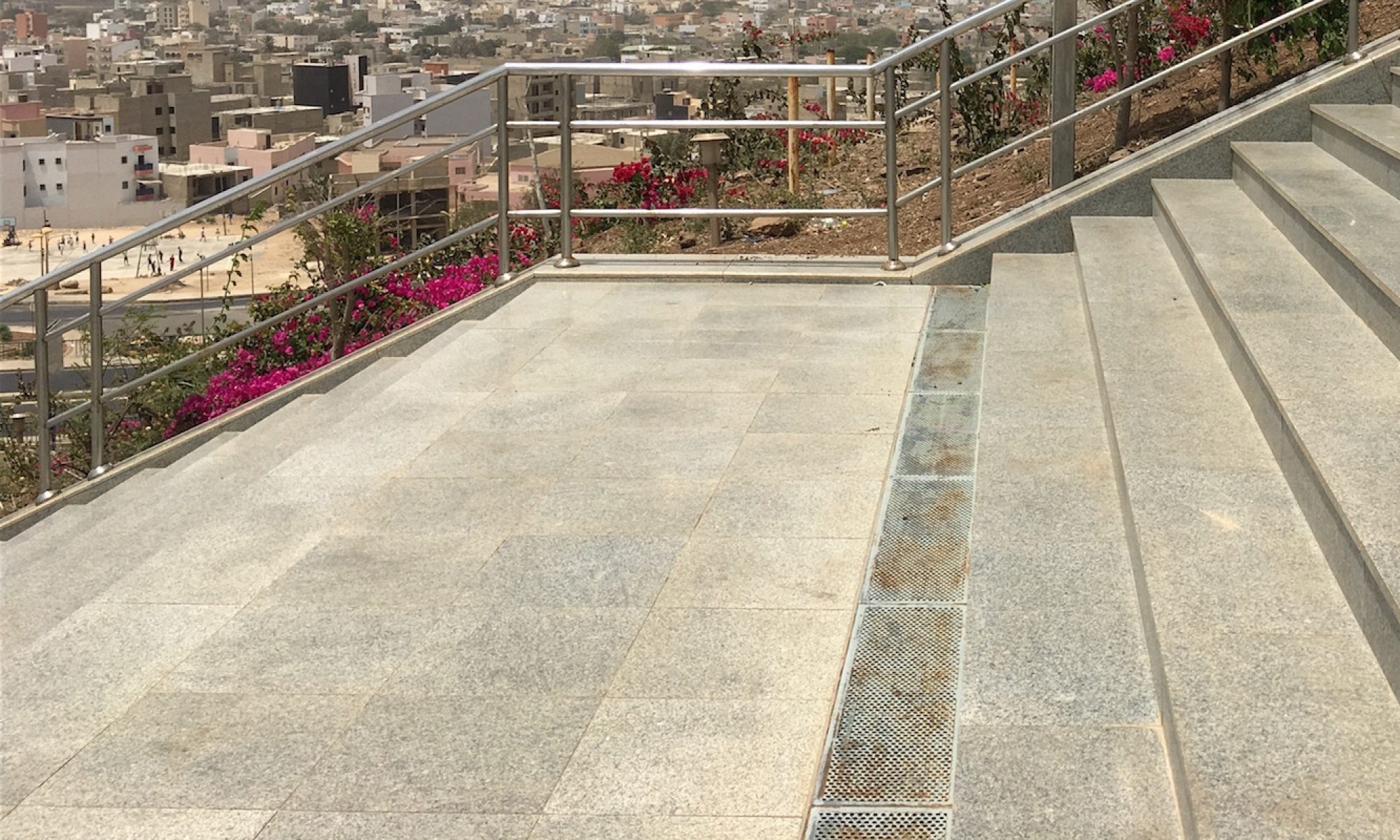In Bloodchild, Octavia Butler wrote, “If we’re not your animals, if these are adult things, accept the risk. There is risk, Gatoi, in dealing with a partner.” (Butler 26). This is in context to the character Gan holding a gun and telling T’Gatoi that she needs to trust him with it. This is a nerve-wracking task to put on someone; to accept the known dangers, in this case a loaded gun, and to choose to ignore the risk and continue moving forward; to trust. Bloodchild is all about accepting risks and trusting a partner. Not only with T’Gatoi and the gun, but Gan accepts a risk of his own when he agrees to have T’Gatoi’s offspring, even though it’s a dangerous task that can sometimes lead to death. Both T’Gatoi and Gan had to accept risks and trust one another in order to move forward with their partnership.
The lessons in Bloodchild can go far beyond the pages of Octavia Butler’s stories, and into our own class. As a college freshman in my first semester, I am taking a big risk. A risk much scarier and intimidating than high school. I am terrified that I will fail, or make mistakes, but that’s all part of the learning process; that’s all part of the risk. I myself am in a partnership by taking Beth McCoys Writing Seminar course, and as her partner I need to trust that Beth knows what’s best for me. As the course has gone on, Beth has become less and less involved in the thought process behind my work. As scary as it is to receive less and less feedback and reassurance during the writing process, I have to trust that I am capable of doing well on my assignments and trust that Beth won’t set me up for failure. Like T’Gatoi has to trust Gan with a loaded gun, we as students in Beth’s writing seminar have to trust that Beth won’t let us fail and knows we are capable of excelling in this course.
Looping back to Bloodchild, just like Beth and her students, T’Gatoi and Gan took many risks, some happening even before their partnership came to be. T’Gatoi had to take risks in order to get to Gan in the first place. T’Gatoi had to risk her friendship with Gan’s mother, knowing that when T’Gatoi returned, Gan’s mother would only see T’Gatoi as coming back to retrieve her “just reward for her hard work.” (Butler 8). Coming back for Gan was hard for both T’Gatoi and the mother to deal with, yet it was a necessary step in order to make the partnership a reality. It was a risk that had to be made in order for T’Gatoi to get the reward of Gan, similar to how T’Gatoi risked allowing Gan to keep the rifle in reward of getting him to have her offspring.
T’Gatoi and Gan’s risks continued when they were together. Like I continuously reference, T’Gatoi had to trust Gan with a gun, even though T’Gatoi was scared and “it was clearly hard for her to let go of the rifle.” (Butler 26). Gan made a hard decision himself, after watching a birth go wrong, Gan was very scared to be implanted with T’Gatoi’s offspring, in fear that the same thing would happen to him. However, he knew he had to go through with it, because if he didn’t his sister Xuan Hoa would have to be implanted. Gan took the risk of going through with the implantation in order to avoid his sister getting hurt.
As students in our partnership with Beth, we take risks and have to trust. I trusted Beth that as she stepped back and observed my work rather than helping me write it, I would be okay and do well. Beth in return had to trust me as a student to self assess my work and grade myself honestly. “I will offer feedback on your work, but you will assess that work, a process that depends on trust, transparency, accountability, care, and acknowledging the possibility of harm.” (McCoy). Beth could grade us herself if she wanted, but instead she took the risk of allowing us to do it, so that we could learn and grow from the experience of self assessing and reflecting. “This process entails substantial risk on my part. I believe the possibilities for thinkING and learning are worth the risk.” (McCoy). We gain so much knowledge and growth from assessing ourselves. I’ve tried my hardest to do my best work and think my best thoughts, because at the end of the day I am doing this for me. The risks truly redeem themselves with the rewards of trust, knowledge, and growth. We as students were given a loaded gun, and Beth is trusting us not to shoot it.
Being in charge of a loaded gun is a very scary thing, just like how being around someone with a loaded gun is scary. It involves having a lot of trust in your partner and knowing that they will not hurt you. Like T’Gatoi trusts Gan and Beth trusts us (and vice versa), a partnership is built off of having faith in one another. It means being able to take risks and trusting that your partner won’t let you down. It’s giving your partner a gun and knowing they could shoot you, but they won’t. It’s putting your life (or grades) in the hands of another person. It’s a scary, risky thing to do, but it’s what has to be done in order to reap the rewards of a healthy partnership where offspring, or in our classes case, a growth mindset and knowledge can come out of it.
